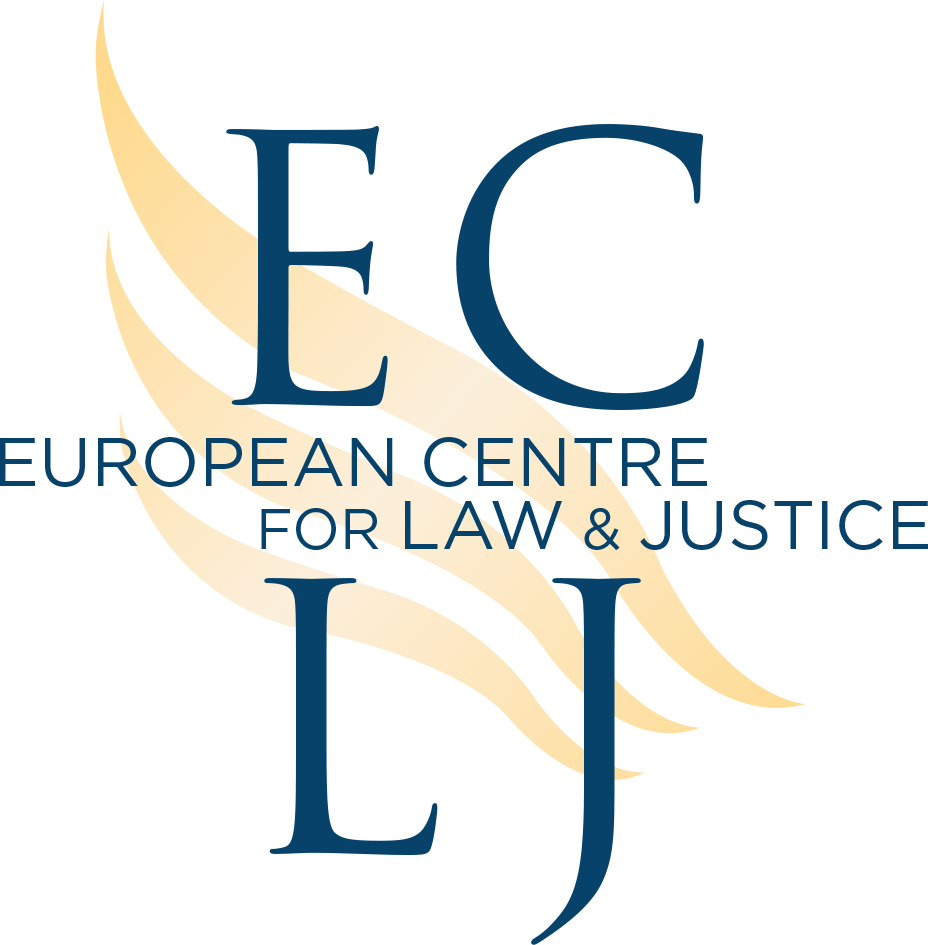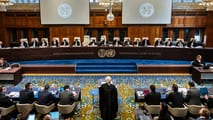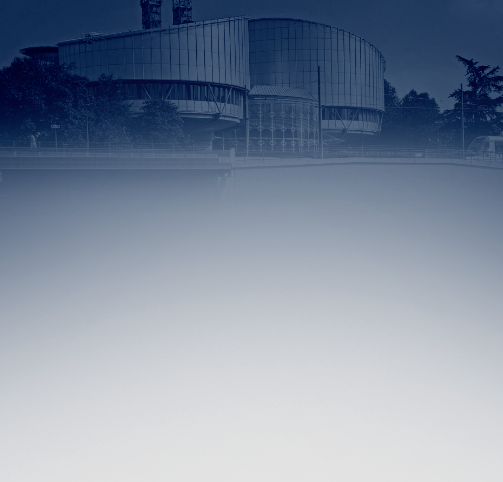The Association pour le droit de mourir dans la dignité (ADMD) has been the main promoter of euthanasia and assisted suicide in France for over 40 years, but its history is little known. We're going to lift this veil a little, to show that far from the smooth, consensual image it seeks to impose today, ADMD is a direct descendant of the Anglo-Saxon euthanasia and eugenics movements, as well as the "humanist" international. This article goes back in time to trace the history of the pro-euthanasia movement, then presents its political translations.
ADMD: an "imported product" (1979-1980)
It's not generally known that ADMD is an imported product. It was founded in 1980 by an American, Michel Lee Landa, after he published an article in Le Monde extolling the virtues of "self-deliverance"[i], using American practice as an example. He published the article on his return from a conference in London. From the outset, ADMD adopted the logo of the British euthanasia association Exit, representing the broken chain of life, marked by death. The acronym ADMD appears at the point of this break, i.e. death. The choice of the name "ADMD" is also borrowed from the American association for the legalization of euthanasia, which adopted the name "Society for the Right to Die" in 1974. ADMD's program is also copied from British and American associations. It initially consisted of promoting "living wills" (the forerunner of "advance directives"), the dissemination of which was initiated in the United States in the 1970s, followed by the translation and dissemination in France of the "Self-Deliverance Guide" first published by Exit in the UK, and which provided the material for the famous book Suicide, mode d'emploi published in 1982.
ADMD-France is fully in line with this Anglo-Saxon tradition, in addition to its much better-known humanist or Freemason tradition. Indeed, it is well known that the main founders of ADMD are strongly committed to Freemasonry. This is particularly true of Senator Henri Caillavet and Pierre Simon.
The first bills (1969-1978)
In the UK, the British Humanist Association made a formal commitment in 1968 to work for the legalization of euthanasia. Similarly, the National Secular Society adopted a resolution recognizing the natural right of individuals to request euthanasia for themselves when their life has become intolerable, and for their doctors to be able to help them without risking prosecution for crime[ii]. In this way, the entire British freethought movement became publicly committed to euthanasia. From 1969 onwards, this commitment led to the introduction of a series of unsuccessful bills by members of this school of thought.
In July 1974, the American Humanist Association (AHA) published a manifesto[iii] in favor of euthanasia, co-signed by the presidents of the American and British Humanist Associations and three Nobel Prize winners. The manifesto was translated and published the same day by Le Figaro, kicking off the euthanasia campaign in France. A series of pro-euthanasia books and publications followed, and in 1978, senators Henri Caillavet and Jacques Mezard tabled a bill seeking legal recognition of "living wills". It was only after the failure of this bill that ADMD was founded in France, at a time when the Anglo-Saxon euthanasia movement was spreading throughout the world.
The demand for forced euthanasia of the disabled (1937-1945)
The link between the humanist and euthanasia movements is rooted in history, for philosophical reasons, since this movement believes that voluntary qualitative control of life (and therefore of death) is a condition and an instrument of human progress. That's why Henri Caillavet and Pierre Simon were not only in favor of euthanasia, but also of contraception, abortion and surrogacy. As Pierre Simon wrote, life is a "material" that "it is up to us to manage". He adds: "an absolute - or rather blind - respect for life turns against itself and, ruined by the means it employs, devours what it intends to preserve: the quality of life, the future of the species."[iv]
It is this "progressive" and "humanist" conviction that forms the ideological basis of eugenics, and later of the demand for euthanasia. As early as 1937, the founder of the American Humanist Association (AHA), Charles Potter, was also the first president of the Euthanasia Society of America (ESA), and in favor of forced euthanasia. He declared the euthanasia of disabled children, the terminally ill and the mentally retarded "socially desirable", and recommended their compassionate execution in gas-powered "lethal chambers"[v]. He justified their forced euthanasia in the name of the "social responsibility" of the individuals concerned, and the subordination of personal freedom to social progress, as well as for reasons of economy. His humanist movement presented itself as a new religion with "faith in the supreme value and self-perfectibility of the human personality, thought of socially as well as individually"[vi]. Members of this "church" include personalities committed to eugenics and euthanasia on both sides of the Atlantic, such as Julian Huxley, the first Secretary General of UNESCO, who was also founding president of the International Humanist and Ethical Union.
In fact, the commitment of these "humanists" to euthanasia stems from their adherence to eugenics, for obvious reasons: euthanasia is an extension of the sterilization policy recommended by eugenicists. The aim is not only to prevent people deemed "unfit" from having offspring (through sterilization and abortion), but also to free society from the social and financial burden of caring for these disabled and sick people (through euthanasia). The aim is to "manage" human life as "material" for the "progress" of humanity.
In fact, while ADMD-France has its origins in the Anglo-Saxon euthanasia movement, the latter in turn has its origins directly in the eugenics movement. Indeed, the euthanasia movement originated in the eugenics movement in the UK, Germany and the USA in the 1930s.
Recruitment into eugenics societies (1907-1935)
In 1935, the Voluntary Euthanasia Legalisation Society was founded in the UK, the first organization dedicated to the legalization of euthanasia, which later became EXIT. Most of its executives were recruited from the ranks of the Eugenics Society, a eugenics society founded in 1907 in Darwin's entourage, which recommended the sterilization - including forced sterilization - of "inferior" people. Julian Huxley was also one of its vice-presidents, as was Havelock Ellis, founder of the World League for Sexual Reform, and writers H. G. Wells and George Bernard Shaw. The latter also believed that eugenics should "lead us to an extensive use of lethal chambers"[vii].
Similarly, in the United States, the Euthanasia Society of America (ESA, later renamed the Society for the Right to Die), chaired by Charles Potter, brought together the cream of the progressive and eugenics establishment. Among its members were Julian Huxley, H. G. Wells and Havelock Ellis, as well as Leon F. Whitney and Henry P. Fairchild of the Eugenics Society, and the iconic founder of Planned Parenthood, Margaret Sanger.
When the Society was founded in 1938, Charles Potter explained to the press that he wanted to redirect the efforts of his school of thought towards the legalization of euthanasia[viii] after having led - and already largely won, he said - the fight for eugenic birth control. It's the same line of thought that ADMD holds today in France.
A first political translation: the "great blessing" of Nazism
Potter's successor as president of the Euthanasia Society of America, Dr. Foster Kennedy, declared himself in favor of forced euthanasia of "errors of nature", on medical advice, believing that it is only out of misplaced and absurd sentimentality that society refrains from euthanizing "a person who is not a person"[ix]. In 1942, when the Nazi practice was well known, Dr. Kennedy was still recommending the forced euthanasia of mentally deficient children at the request of their legal guardians and after medical advice[x]. Indeed, in a 1940 letter, Ann Mitchell, founder of the American Euthanasia Society, described to Dr. Millard of the British Society as a "great blessing" the fact that Nazi doctors "gave morphine and then killed the sick children in several asylums"[xi] in Poland. In 1941, she was still hopefully observing that the war would usher humanity into a new "biological age", revolutionizing minds so that euthanasia and mass sterilization would become acceptable[xii].
The second political translation: the liberal posture of ADMD
These British and American euthanasia associations were not dissolved after the Second World War; they merely changed their names to erase the reference to euthanasia, and adopted a "liberal" posture, defending less a "right to kill" than a "right to die". But the result is much the same. This is the breeding ground for ADMD. Even after the war, despite the movement's efforts to refocus and appear "smooth", influential theorists and members of the movement, such as Joseph Fletcher, continued to recommend the active and forced euthanasia of disabled people. Extreme statements were also made by the founders and senior staff of ADMD-France. This is the case, for example, of Odette Thibault, founder and theoretician of ADMD-France, who writes: "Any individual who no longer possesses these [intellectual] faculties can be considered in a sub-human or infra-human state, taken to extremes in the case of the profoundly debilitated[xiii]". Consequently, she adds, "many individuals are the living dead, already dead to the human long before the end of their organic life[xiv]". Killing them would therefore not be murder, since they would already be dead to humanity. She adds: "Prolonging this decline is, in my opinion, one of the most serious attacks that can be made on human dignity[xv]". This is not unlike what Dr. Foster Kennedy wrote.
The same philosophical basis
Despite a more liberal shift in approach from the 1970s onwards, there is not only continuity in the euthanasia movement before and after the Second World War, but also, and more importantly, ideological continuity.
Both eugenicist and liberal euthanasia have the same philosophical basis: the reduction of human dignity to the individual will, which implies the domination of the will over the body, which is a corollary of the domination of the spirit over matter. A body without a spirit would be mere matter, and can therefore be euthanized (as in the case of the mentally ill or the unborn), whereas a spirit enclosed in a sick body can be "freed" by voluntary death. In both cases, the will must dominate the body, the spirit over matter, as a requirement of human dignity.
Eugenic euthanasia, like liberal euthanasia, thus finds its ultimate justification in the will to power. For the former, on a collective level, through the will to power of superior subjects over inferiors (the disabled and the sick). For the second, on an individual level, by the will of the individual to remain master of himself, to suppress himself before falling. The patient asking for death applies to himself what the eugenicist society applies to the "sick" portion of its population. Voluntary death - whether inflicted (euthanasia) or freely chosen (assisted suicide) - is seen as an affirmation of the power of the will over life, as an expression of human dignity emancipated from respect for life.
---------------
[i] Michel Lee Landa, "Un droit", Le Monde, November 17, 1979.
[ii] House of Lords, HL Deb 25 March 1969 vol 300 cc1143-254 Voluntary Euthanasia Bill.
[iii] https://wfrtds.org/a-plea-for-beneficent-euthanasia/
[iv] Pierre Simon, De la vie avant toute chose, ed. Mazarine, Paris, 1979. P. 15
[v] Martin A. Elks, "The Lethal Chamber": Further Evidence for the Euthanasia Option, 31 Mental Retardation 201-7 (1993), quoted in Ian Dowbiggin, A Merciful End. The Euthanasia Movement in Modern America, Oxford University Press, 2003, p. 44. Potter uses the expression: "mercifully executed by lethal chamber".
[vi] Dictionary of Unitarian & Universalist Biography, http://uudb.org/articles/charlesfrancispotter.html
[vii] Speech reproduced in the Daily Express, London, March 4 1910, and in the archives of the Eugenics Society, SA/EUG NI 3,4, quoted in N.D.A. Kemp, Merciful release, the history of the British euthanasia movement, Manchester University Press, Manchester, 2002, p. 55.
[viii] "Legalization of Mercy Killing", Aim of Newly-formed U.S. Society", The Gazette, January 17, 1938, p. 1.
[ix] Quoted in Dowbiggin, A Merciful End, op. cit. pp. 59-60.
[x] F. Kennedy, The Problem Of Social Control Of The Congenital Defective. Education, Sterilization, Euthanasia, American Journal of Psychiatry, 1942, quoted by A. Pichot, La société pure, p. 278.
[xi] Quoted by Dowbiggin, A Merciful End, op. cit. p. 71.
[xii] Quoted in Dowbiggin, A Merciful End, op. cit. p. 71.
[xiii] Odette Thibault, La maitrise de la mort, Editions universitaires, 1975, p. 163.
[xiv] Idem, p. 78.
[xv] Ib., p. 196.
SIGNATURES













